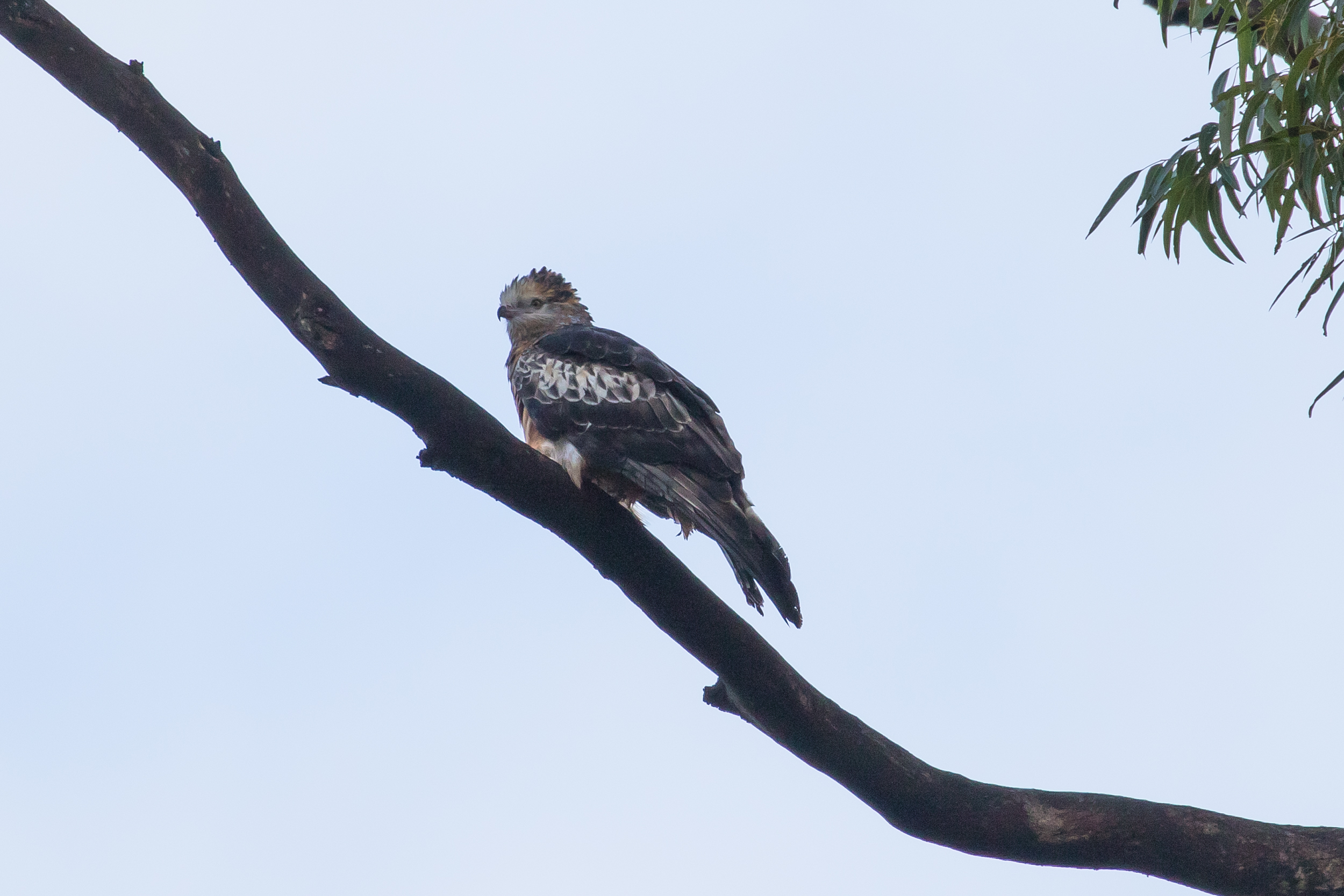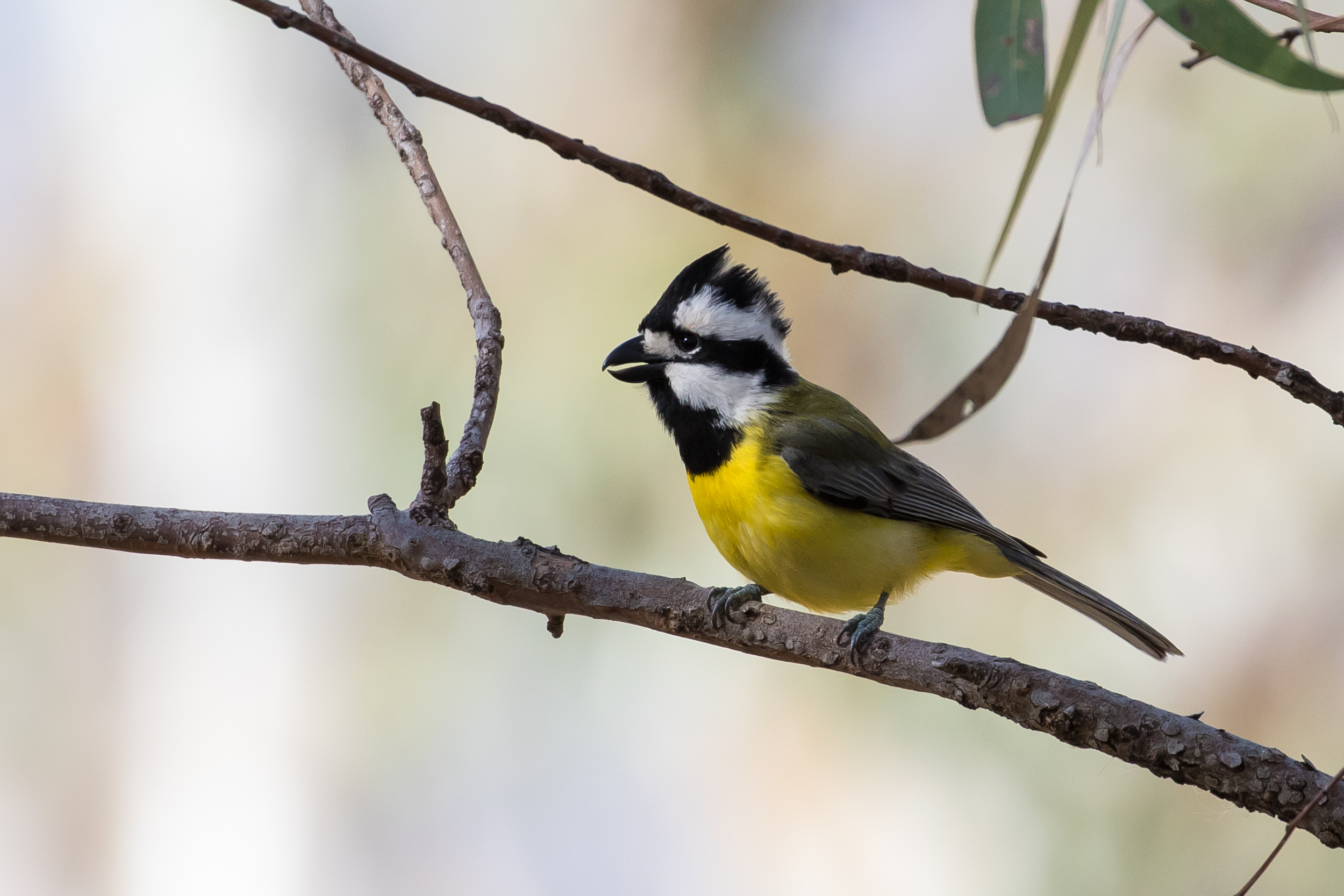As readers of this blog (all one of me) will know, I am now year-listing for SA in 2021. Having almost accidentally accumulated a tidy list up to half way through the year, I finally committed to year-listing, deciding to use the aim of seeing as much as I could as a way to motivate sites and targets for my birding this covid-affected year. But what do you call a Big Year that is big, but has no pretentions to be really big or record-breaking? Paul Coddington christened it my “Large Year” — not as big as a Big Year, but larger than a normal, medium-sized year. Maybe. Is “large” smaller than “big”? Enough deep philosophising! I have no better name, so this is what I’m sticking with.
29 August
Somewhat chastened by my multiple trips to Port Mac in a week, I birded fairly locally this weekend. Square-tailed Kite is a relatively rare raptor in SA but which is known to breed in a park only 15 minutes drive from my house. I had not gone for this earlier in the year, hoping/assuming the birds would once again nest in the same fairly prominent spot. Luckily my hope was not misplaced and on this early spring day I found the pair making running repairs to their large nest in preparation for this year’s breeding.

I then did a spot of mallee birding at Browns Rd. Nothing new. I was hoping for a sighting of Restless Flycatcher to remove that from my heard-only list, but no luck on that front, and no Painted Buttonquail or sign of the over-wintering Rose Robin which I guess has flown back to Victoria (or wherever she came from). But I photographed some Red-rumped Parrots, a Horsfield’s Bronze-cuckoo and Diamond Firetails before becoming distracted by hunger.



I called in at Hungry Jacks for a burger and decided to eat it somewhere nice — a short drive and I was at Swanport Wetlands under the new bridge. Instantly I had a new bird for the year because, as I hoped, there were Fairly Martins buzzing around. Like the SqTKs, they too were doing a reno, though in their case the nests are mud constructions stuck to the underside of the bridge.
Since I had never birded here before, once lunch was done and dusted I walked along the obvious trail and subsequent boardwalk. While checking out a run-down hide I heard an interesting krek-krek from the reedbed. Could it be? I walked further along the boardwalk and sure enough, despite it being middle of the day, a Lewin’s Rail was advertising its presence in the dense reeds. I sat on the boardwalk and tried to persuade it come to come closer with some gentle playback. This certainly worked — it came closer to the point it was directly under me, invisible, making its quiet grunting noise. Eventually I got a reasonable view of it as it peered into a slightly open channel, but I was not fast enough on the draw for a pic. All I could manage in the way of images was a snap of its arse-end as it about-faced and retreated back into the reeds through the same channel.


5 Sept
Each year for the last 3 a Pacific Koel has shown up in Prospect, only 5km north of the Adelaide CBD. Why it comes there and sings away, guaranteed to have a lonely existence this far away from the species normal range, I have no idea. The same crossed breeding-and-migration wires, I guess, that led Albert, the Black-browed Albatross, to return to Shetland for 40 years. On 3rd Sept a message appeared on Birdline South Australia from a non-birder:
For the third year in a row we have an Eastern Koel in Prospect. I heard it this morning and this evening for the first time this season. I am not a birdwatcher and I have never seen the bird, but the call is so distinctive that I have little doubt it’s an Eastern Koel. … I suspect it may “nest” in the large tree at the front of St Anthony’s Greek Church.
I initially missed this but Paul Taylor pointed out on #temmike2021 that the message had been posted, so early on Sunday morning Mike and I rendezvoused in front of the church at 6.30. The bird was calling but invisible in the thick foliage, and it disappeared out the back unseen. Fortunately Mike tracked it down to a much more open tree in the next street where it posed beautifully.


Twitching the Koel meant I would be pushing it to get back in time for my usual Sunday am bike ride, so instead I headed out to try and track down what was becoming a nemesis bird for me, White-necked Heron. One was reported from Walker Flat on the Murray the day before. I had not been to this place before, but I enjoy exploring the Murray wetlands, which are invariably scenic and birdy. The drive up through the hills via Gumeracha, winding through dense eucalypt woodland of the Adelaide Hills, past Millbrook Reservoir, the scenery changing to the stark, bare grass and granite of the rain-shadow eastern part of the hills, before dropping down to the the Murray plain, was enjoyable and stunningly beautiful in early spring. Part of me wished that the family had come along for the journey to experience the gorgeous scenery, but I knew that they would have been moaning about motion sickness from km5 had they been in the Kluger.
Disappointingly I did not find the WNH (in fact I found out later that the ebird report was a tad misleading — the group that reported it had actually seen the heron at Mannum, but had added it to their Walker Flat list without clarifying in the comments). I still picked up a new bird for the year: White-backed Swallow. My views of this cracking bird were disappointingly brief, from a cliff-top vantage point north of Walker Flat where I scanned for likely herons and egrets. I also had a nice encounter with a Crested Shrike-tit at the southern tip of the lagoon just before entering the quaint village that comprises a ferry, a campsite and numerous shacks lined up along the riverbank.

While scanning the riverbanks for the heron from another high vantage point at the top of the cliffs above the Walker Flat ferry, I noticed a guy with a long lens photographing a tern. Through bins I could make it it was none other than Craig Greer, so I whipped out the phone and messaged him: “It’s just a Caspian Tern, dude!”. I joined him for a cup of tea at the shack he was staying, and we remarkably had a Laughing Kookaburra remind us that it is the largest kingfisher!




